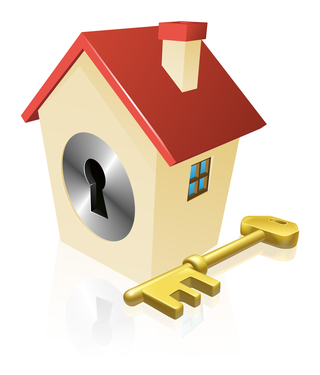
Home internet access is barely out of its teens, and yet we can hardly imagine what life was like before the global superbrain made everything easier. The web has influenced almost every type of business that pre-dated it, and created many more that couldn’t exist without it.
The changing face of the mortgage industry is a classic example of how far commerce can go with a digital makeover. These days, mortgage lead software and tech solutions like the cloud call center are helping companies generate mortgage leads like never before. If someone started working in the mortgage industry this century, their mind probably boggles at how mortgage leads were generated prior to the web. The truth is, lenders didn’t really need to generate mortgage leads until the industry reached its competitive zenith in the late 90s. To understand why, let’s rewind a hundred years or so.
Though the mortgage industry is as old as moneylending itself, it took off during the early decades of the 20th Century when rapid urbanization and population growth created high demand for new housing. Between 1890 and 1930, the number of housing units in the United States grew from about 10 million to about 30 million.
The face of consumer financing was very different to what we’re used to now. Typical down payments were around 50% of a property’s value, and interest rates were high, but homeownership rose steadily nonetheless.
The boom continued unabated until the Great Depression, which saw nearly 10% of homes in foreclosure, and a 50% drop off in construction employment since its late 20’s peak. In 1934, a government-backed insurance system arrived in the shape of the Federal Housing Administration (FHA), which encouraged lenders to offer more attractive terms to mortgage leads. By the 1950s, most mortgages were fixed rate, thirty year plans, and down payments averaged around 20%.
Thanks to reforms and regulations stretching back to the New Deal, home ownership had become an achievable goal for millions of ordinary Americans by the middle of the century. For most financiers, there still wasn’t really a need to generate mortgage leads. Federal and state regulations limited geographical diversification for mutual savings banks and savings and loan associations, restricting lending to small local areas. Until 1964, it was against the law for these lenders to serve homebuyers located more than 50 miles from the lender’s office. After 1964, that geographical scope was expanded to 100 miles.
Generating mortgage leads was a matter of being present in the local community. The industry was predicated on mutual trust, and personal relationships between borrowers and lenders. In short, if you needed a mortgage, you went to the mortgage lender in the area. The whole concept of chasing leads only came about when the lender became a lender.
Competition for mortgage lending remained low throughout the 60s and 70s as regionally-provided, federally insured financial products continued to be the norm. The arrival of private insurers and the attendant market competition fostered a need to actively generate mortgage leads.
If the rise of private lending was the thin end of the wedge, the web busted the whole thing wide open. Mortgage lenders went from serving their local community to having the world at their feet in the space of thirty years. By the early noughties, chasing internet mortgage leads was the principal concern of most lenders. Sweeping deregulation has allowed lenders to tap into markets far and wide, and generate mortgage leads using cloud computing tools and other sophisticated mortgage lead software.